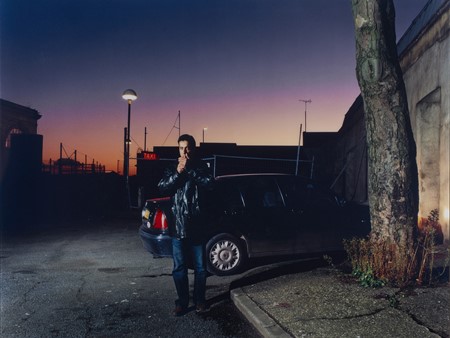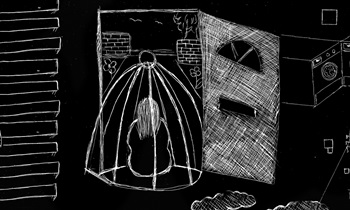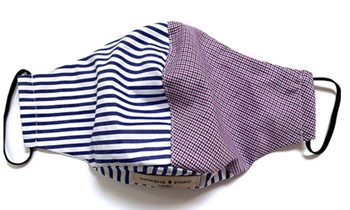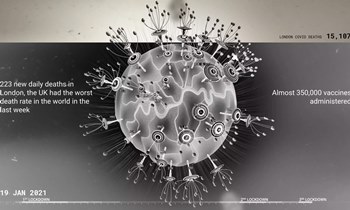Museums, Class and the Pandemic
An investigation into the lived experiences of working-class Londoners.

Somewhere in the Night
© Mitra Tabrizian
Recent decades have witnessed a growing interest in museum scholarship and practice, especially surrounding issues of diversity, exclusion, inequality and activism. Yet, working-class communities have received less attention when compared to the wealth of work addressing topics around race, ethnicity, sexuality and gender identity, to cite a few examples.
This report contributes to this limited body of knowledge by discussing findings from ‘Inequality, Class and the Pandemic’, a research and collecting project undertaken at the height of the COVID-19 pandemic, as part of the ground-breaking Curating London programme, funded by Arts Council England. The project was collaboratively developed by the Museum of London, and the Department of Culture, Media and Creative Industries, King’s College London.
Drawing on a small sample of oral history interviews, we turned our attention to the less celebrated but equally “essential” workers in low-paid, low-skilled, working-class jobs, such as supermarket workers, cleaners, carers, bartenders, teaching assistants and food delivery couriers.
A complex and nuanced image of working-class communities emerges from our research, which we believe museums in the UK and elsewhere should attend to more closely. The report concludes with a set of recommendations on how museums can best research, document and collect the ever-increasing socio-economic inequalities and class differences in Britain and elsewhere. Ultimately, the report intends to fuel broader reflection in the sector on how museums can more proactively engage with class differences and structural inequalities beyond the pandemic, demonstrating the significance of using class as an analytical category in both museum theory and practice.
You can read the full report in PDF format or download it here (8.1MB).










